Magic: The Gathering Modern Horizons comes out today, and the straight-to-Modern set is loaded with treats for longtime fans. The set was originally designed as a follow up to Time Spiral, which was driven by nostalgia and callbacks. Almost every card in this set is, in turn, an homage or reference to a part of the history of this game.
It’s going to be hard for anyone to catch every single nod to past cards in Modern Horizons. But we’re here to give it our best shot! We continue our ongoing coverage on the set with Black. Read on for a breakdown of each of these homages, and hit us up in the comments if we missed any!
Azra Smokeshaper

This card marks the first return of the Azra, a Magic: The Gathering original race that debuted in Battlebond. Azra have demonic heritage and an affinity for trickery. One becoming a ninja is only natural. The smokescreen ability to save a Ninja recalls the ninja trope of dodging an attack in a puff of smoke.
Cabal Therapist

Cabal Therapist homages Cabal Therapy, a Legacy staple. Its ability to sacrifice a creature to guess a card name and discard all cards of that name from an opponent’s hand reflects Cabal Therapy’s ability to be flashed back by sacrificing a creature. Just like Cabal Therapy, after an initial guess, you can use the effect again knowing what’s in your opponent’s hand. The creature in the art is also the same as the one seen in the Ron Spencer art of Cabal Therapy from Judgement.
Changeling Outcast

Changeling Outcast is identical to Tormented Soul except its Changeling ability makes it all creature types, not just a spirit. The art is based on Karl Kopinski’s version, first seen in Magic 2012. In that set, it was used to enable the Bloodthirst mechanic. It returned in Magic 2013 to work with that set’s Exalted mechanic, and it now comes to Modern Horizons to help with Ninjutsu.
Crypt Rats

Crypt Rats is a reprint with new flavor text from Ghoulcaller Gisa, a necromancer from the Gothic Horror plane of Innistrad. Her irritation with the rats picking at her corpses echoes the story of the Cabal grave robber. Telling that tale was a trio of cards: Decompose, Carrion Rats, and Rats’ Feast, one from each set in the Odyssey block. The grave robber is driven to quit after his corpses keep getting removed.
Unlike the three cards that tell his story, two of which share in this rat theme, Crypt Rats doesn’t actually remove cards from the graveyard.
Dead of Winter

Tevesh Szat is a classic Planeswalker that was first referenced in Ice Age, thus the snowy theme. Born on Dominaria, he became disillusioned with civilization, loving only his sister. When she died in battle, he grew mad and sought to eliminate all life in search of “silence.” This would lead him to try to increase the Dominarian Ice age and to betray the Planeswalker alliance known as the Nine Titans when they fought against Phyrexia. This was part of Urza’s plan, however, as Tevesh was recruited to be living fuel for the soul bombs dropped on Phyrexia.
Defile

Defile is a scaled-down version of Mutilate. While that card gave all creatures -1/-1 for each Swamp you control, Defile targets just one. The outstretched arm of the figure mirrors the Magic 2013 art of Mutilate drawn by Tyler Jacobsen.
Mutilate was previously referenced in Quag Sickness, which turned it into an Aura, and Liliana of the Dark Realms, which put the effect on a Planeswalker ability.
Dregscape Sliver

This Sliver has the Unearth ability, first seen in the set Shards of Alara. Like all the Slivers in the Tempest set that had abilities with mana costs, the Unearth ability costs 2 generic mana.
Endling

Endling completes a decade-long cycle of cards with five abilities. Morphling first came out in Urza’s Saga and was nicknamed Superman due to its power. At the time, damage went on the stack, so you could block, pump its power high to deal damage, then pump its toughness back up so it could survive. The card was first referenced with Pemmin’s Aura in Scourge. It gave the Morphling effect to the enchanted creature and had a name that was an anagram of “I am Superman.”
Planar Chaos gave us Torchling, a red version of the original. Conflux gave us the green version with Thornling. Dragon’s Maze gave us another blue version with Aetherling. Battlebond debuted the white Brightling. Now, Modern Horizons finishes the cycle at long last with the black Endling.
First-Sphere Gargantua

This card references a pair of creatures from Apolcaypse. Phyrexian Rager cost 2b, was a 2/2, and drew you a card and cost you 1 life when it entered the battlefield. Phyrexian Gargantua doubled all these values to become a 4bb 4/4 that drew two and lost you two life when it hit the field.
First-Sphere Gargantua has the mana cost of Phyreixan Gargantua, and its Unearth cost is the same as Phyrexian Rager’s mana cost. Since the Unearth effect lets you draw again, it also captures the “double the effect” theme of the pair. The First-Sphere was one of the nine nested spheres of the Plane of (Old) Phyrexia. It was designed as a parody of organic life, thus the metallic trees in the art.
Force of Despair

This card is part of a cycle with Force of Negation, which itself was an homage to Force of Will. Force of Despair is the black version of Force of Negation and so is a counterpart to Contagion, the black member of Force of Will’s original cycle. The effect to destroy a creature that entered the battlefield this turn is based on Cradle to Grave, which was done as a black twist on the card Essence Scatter. The art is a nod to the Adam Rex art of Terror, first seen in Tenth Edition.
Graveshifter

Graveshifter is identical to Gravedigger except for being a changeling. Like Changeling Outcast, its art is a shapeshifter remake of the card it’s homaging. In this case, that would be the Tempest art by Dermot Power.
Headless Specter

Headless Specter, when you are hellbent, is identical in effect to Hypnotic Specter. The headless flavor is a nod to how the hand is a symbol of the mind in-game. Thus, an empty-handed specter becomes a headless one. The flavor text makes note of a hymn, homaging Hymn to Tourach, which also forces random discard.
Mind Rake

Mind Rake is an Overload variant of Mind Rot, which lets you play it for cheaper if you also discard. The flavor text brings up madness, which is a keyword that lets you cast cards when you discard them, a nod to the synergy of the card with that keyword.
Mob

Mob is set on Innistrad, a plane based on Gothic Horror themes. This is a top-down execution of an angry mob attacking a monster, a stock horror trope. Using Convoke in black as an example of mass violence captures the feel of that perfectly.
Plague Engineer

This card is an homage to Engineered Plague. It costs the same, has a shout out in the name, and holds the same effect as Engineered Plague, but only on your opponent’s side of the field. The Modern Horizons version keeps the Phyrexian flavor with which the card debuted in Urza’s Legacy.
Putrid Goblin

Putrid Goblin is a color shift of Safehold Elite. It being a Goblin that dies and leaves behind a -1/-1 counter (on itself) also recalls Festering Goblin, which was previously remade into Shambling Goblin and homaged with Festering Mummy.
Ransack the Lab

Ransack the Lab is a color-shifted Strategic Planning. The flavor text refers to Geralf, the sister and rival necromancer of Gisa.
Return from Extinction

Return from Extinction references Ghoulcaller’s Chant and March of the Drowned. Those let you return a creature from your grave to your hand, or two zombies (for Chant) or Pirates (for March). Return from Extinction doubles the cost, but it also lets you pick the type of your choice for the effect.
Sling-Gang Lieutenant

This card homages Siege-Gang Commander. Both are goblin leaders that use fellow goblins as artillery. Sling-Gang enters with two goblins to use as fodder, while Siege-Gang enters with three. That seems fitting for a lower rank.
Smiting Helix

Smiting Helix references Lightning Helix and the story of its design. Lightning Helix is a fusion of Red’s damage dealing and White’s lifegain. This was interesting, as Black usually does this sort of drain effect. Lightning Helix initially got some pushback because of this, but when it debuted it became a well-loved card.
Smiting Helix shows that this effect is doable in both Black and in Red-White. Smiting Helix’s flashback cost is identical to Lightning Helix’s mana cost. The card’s name also serves as slant rhyme of the original.
Umezawa’s Charm

Umezawa’s Charm takes the effects of Umezawa’s Jitte and makes them into a Charm, a type of card in the game known for letting you chose between three effects. Toshiro Umezawa was a roguish character archetype, so the name “charm” coupled with the art puns on his appeal. The art shows the Jitte.
Venomous Changeling

Venomous Changeling is a changeling version of Giant Scorpion. This Modern Horizons version is identical in every way except for the changeling ability it has added on.
Unearth

The creature shown being revived is Phyrexian Negator — fitting, given that its effect could force it to sacrifice itself. Negator would be homaged years later with Phyrexian Obliterator.
Yawgmoth, Thran Physician

Yawgmoth, arch-rival to Urza, founder of Old Phyrexia and Magic: The Gathering‘s first Big Bad, gets his first creature card here. His ability to draw by putting -1/-1 counters on creatures is based on how he would research ill people in his native Thran by giving them diseases and keeping them alive to study them.
Proliferate was made as the main Phyrexian mechanic in Scars of Mirrodin block, and Yawgmoth proliferates as a reference to that. The Phyrexian symbol is seen on his belt buckle. His pretty-boy good looks are in homage to The Thran, a novel which stated Yawgmoth was charming and attractive.
Yawgmoth also has ribcage chest armor. This is a nod to what, for years, was the only untransformed image of him: the form he had when he ascended to Spirit/Godhood as seen in Inquest Magazine.
That’s all we’ve got for Black card references in Modern Horizons. Did you catch any that we missed? If so, leave a comment below and we’ll cover them all in a round-up at the end. See you next time, when we’ll cover the Red cards of the set!





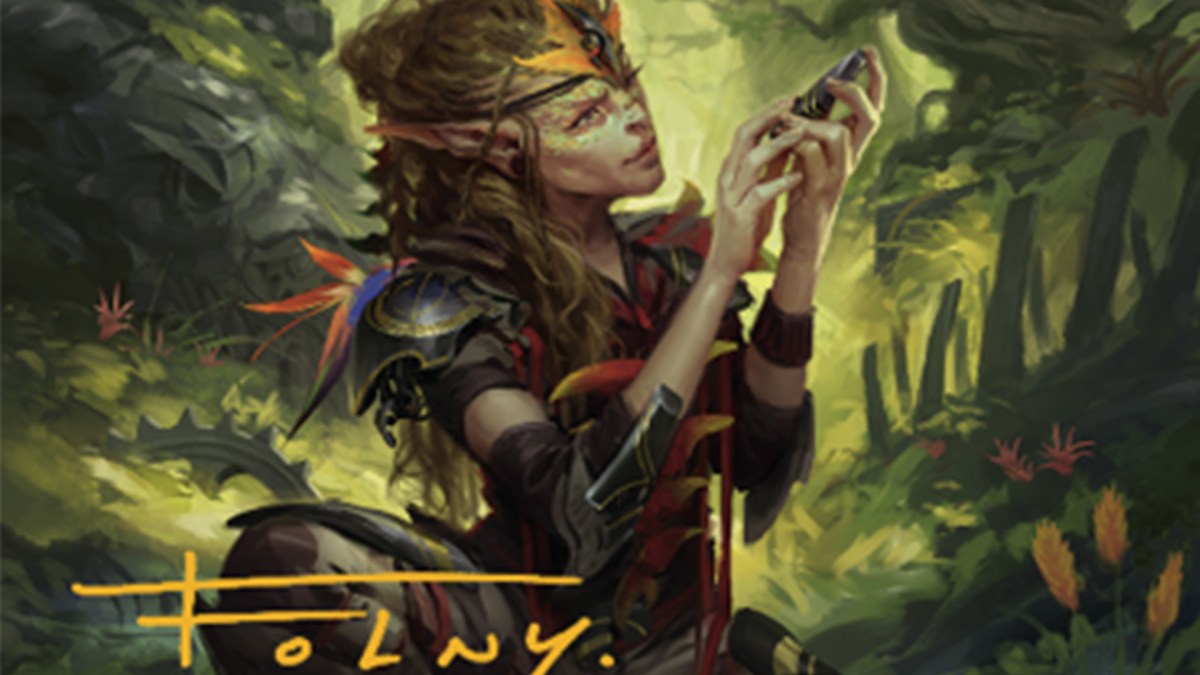

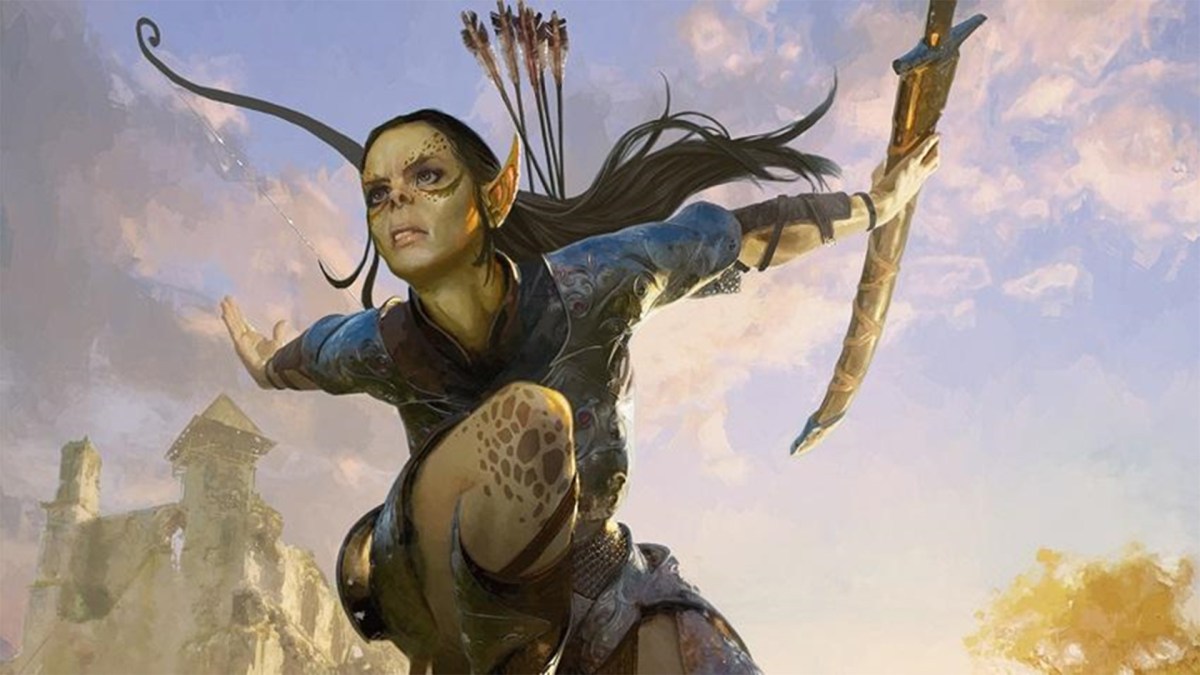
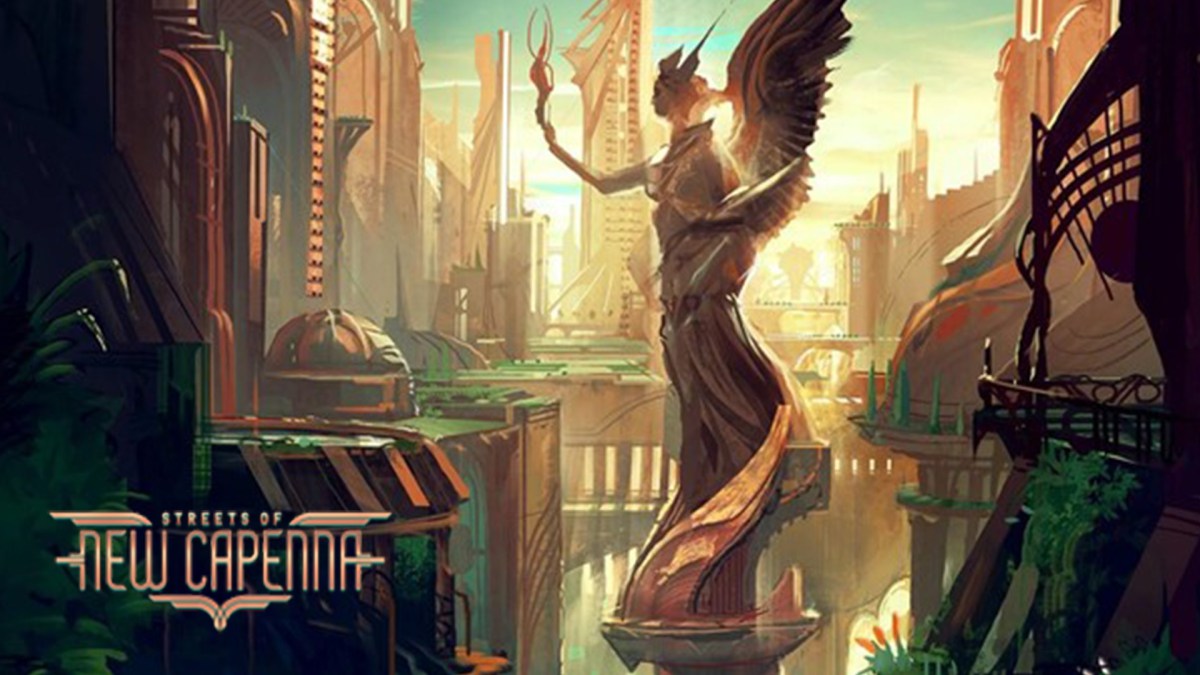



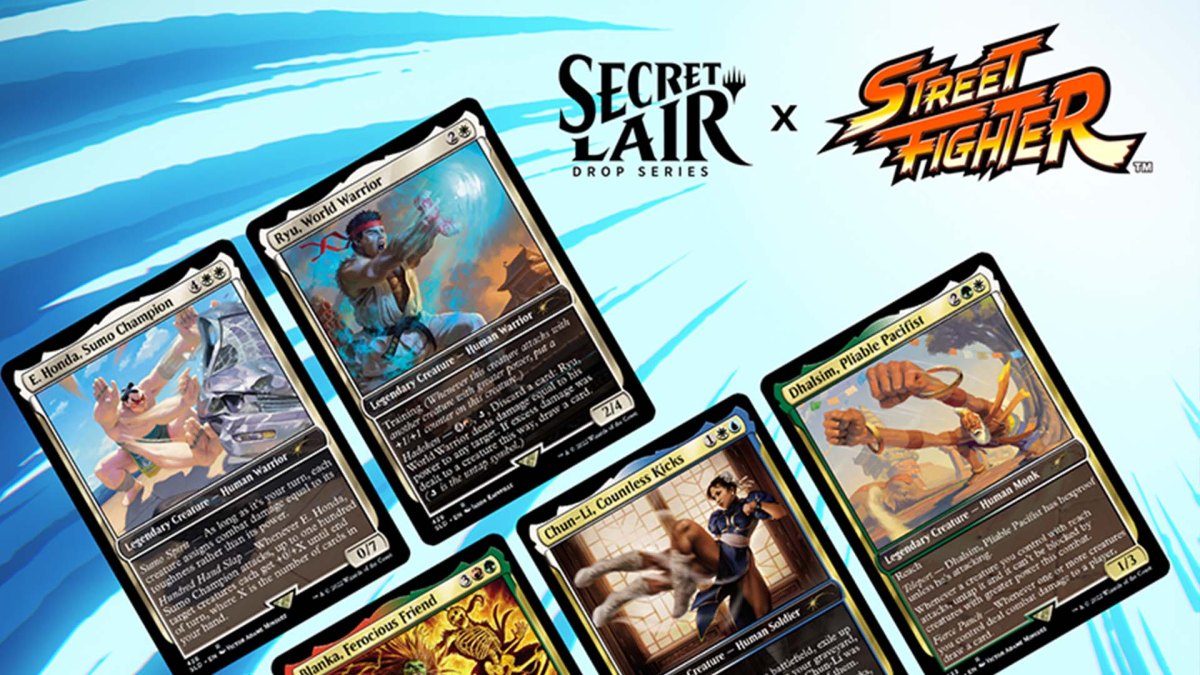
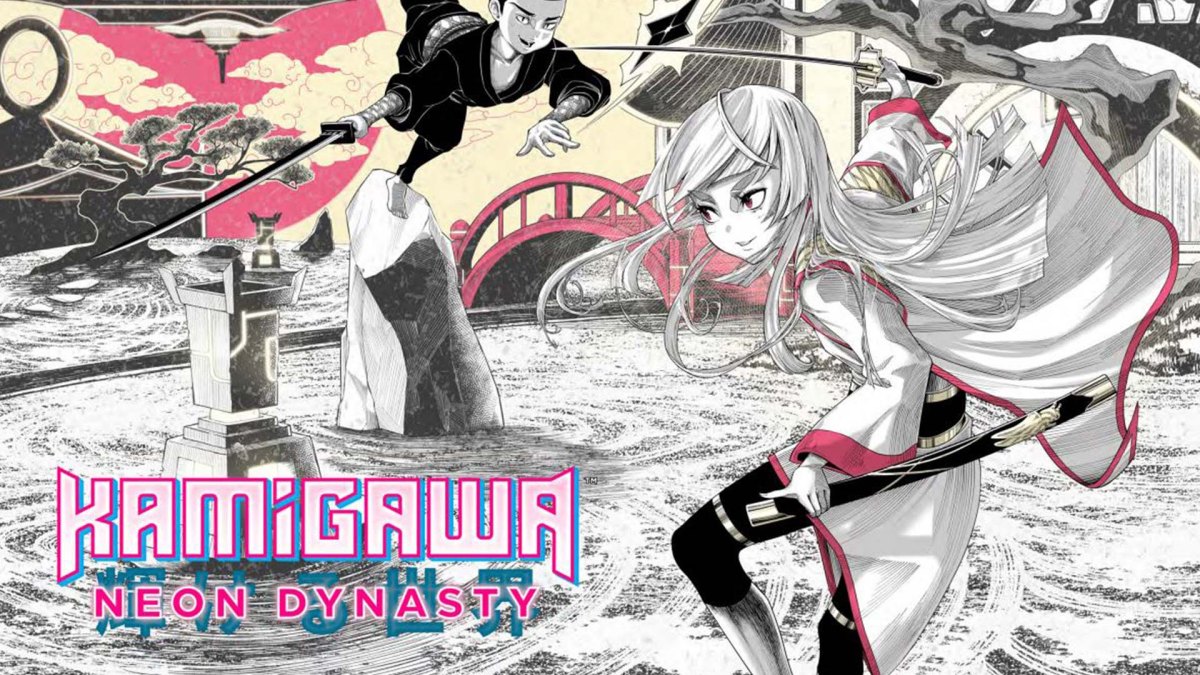
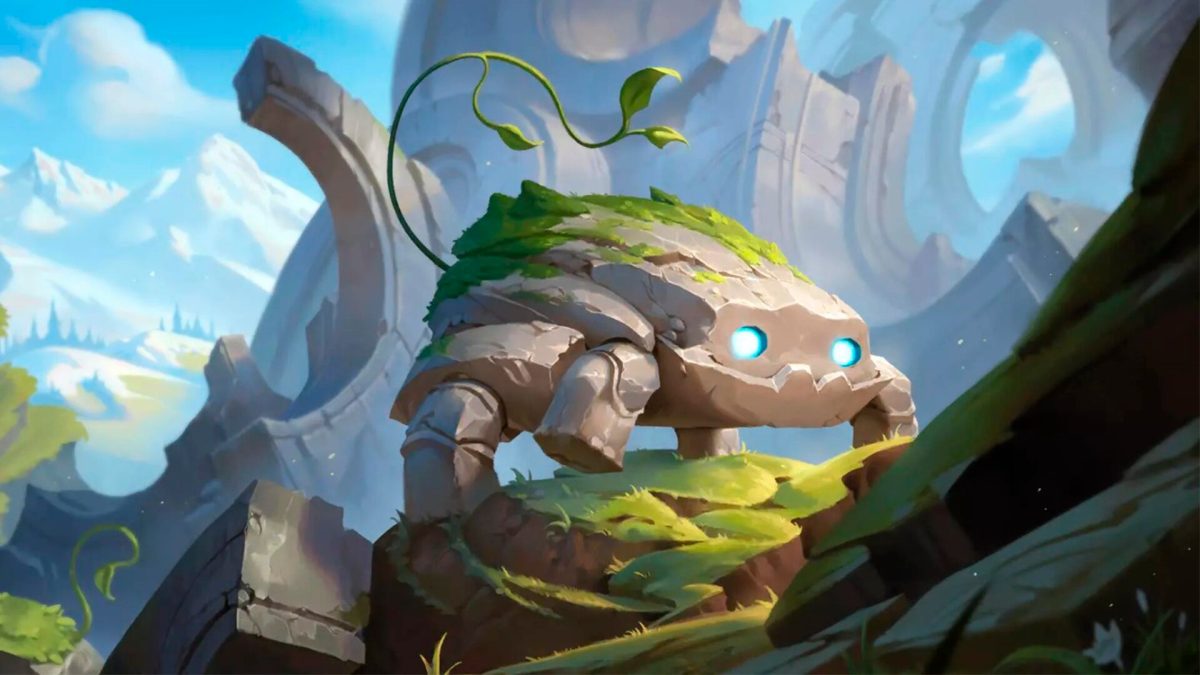
Published: Jun 14, 2019 03:18 pm